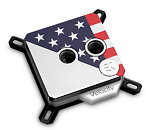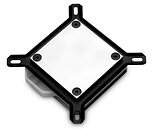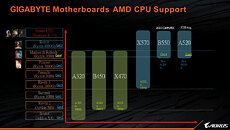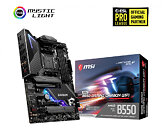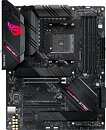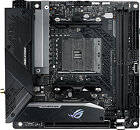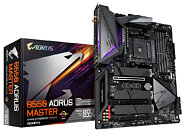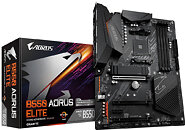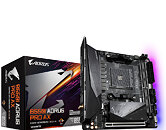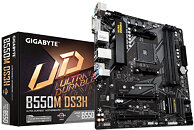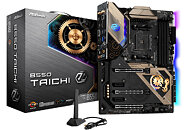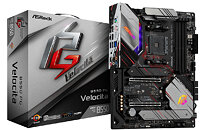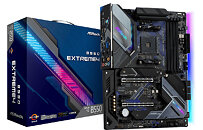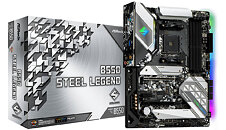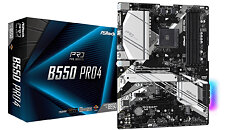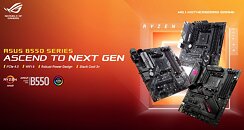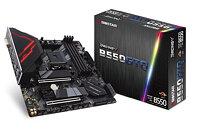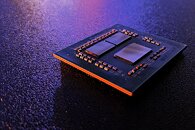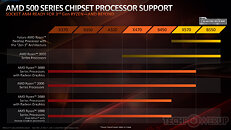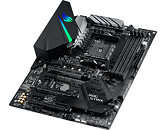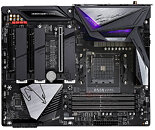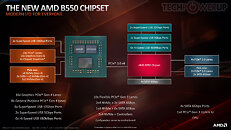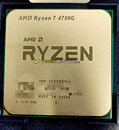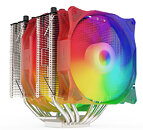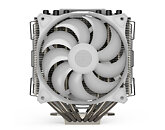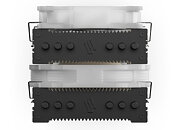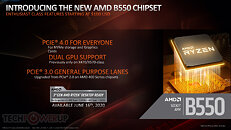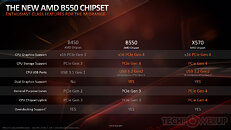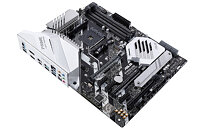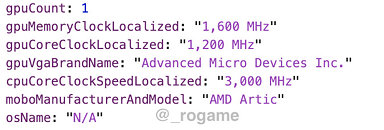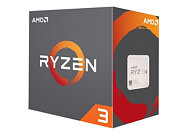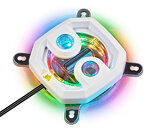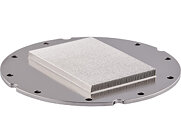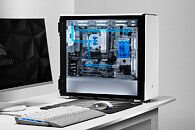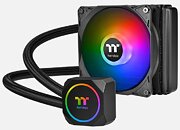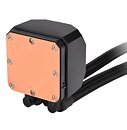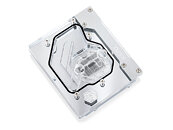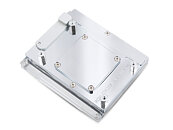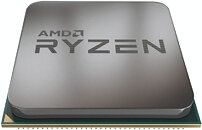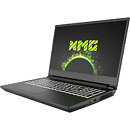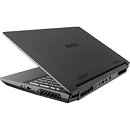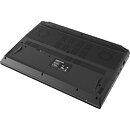
EK Releases Limited Edition Memorial Day Star-Spangled Velocity Water Block
EK, the premium water cooling gear manufacturer, has decided to do something special for its American fans this Memorial Day Weekend. Apart from being the unofficial beginning of summer, the last Monday of May has a lot of meaning for many Americans. Memorial Day is the reason why EK has created a special red, white, and blue limited edition Velocity CPU water block with a genuinely noble cause.
The brand new limited version of the water block carries the name EK-Quantum Velocity Honor. It is "decorated" with the US flag and will be sold at the price of $249.99. For each water block sold, EK will donate $100 to a charitable organization. "Being a globally successful company also means that we have the ability and responsibility to make a difference and give something back to the community. We have decided to jump on a project that will make our most loyal fans happy, and at the same time, help those who are in need," said Edvard König, founder of EK.
The brand new limited version of the water block carries the name EK-Quantum Velocity Honor. It is "decorated" with the US flag and will be sold at the price of $249.99. For each water block sold, EK will donate $100 to a charitable organization. "Being a globally successful company also means that we have the ability and responsibility to make a difference and give something back to the community. We have decided to jump on a project that will make our most loyal fans happy, and at the same time, help those who are in need," said Edvard König, founder of EK.
